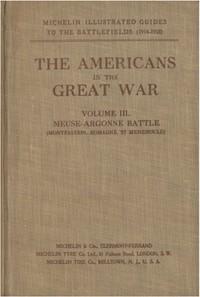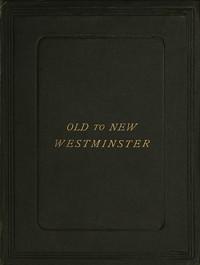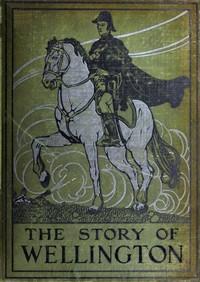Read this ebook for free! No credit card needed, absolutely nothing to pay.
Words: 2716 in 1 pages
This is an ebook sharing website. You can read the uploaded ebooks for free here. No credit cards needed, nothing to pay. If you want to own a digital copy of the ebook, or want to read offline with your favorite ebook-reader, then you can choose to buy and download the ebook.
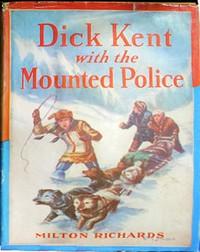

: Dick Kent with the Mounted Police by Oblinger M M Milo Milton - Adventure stories; Royal Canadian Mounted Police Juvenile fiction; Canada Northern Juvenile fiction
Introduction i
Letter of Amerigo Vespucci to a "Magnificent Lord": First Voyage 1 Second Voyage 21 Third Voyage 34 Fourth Voyage 52
Letter of Amerigo Vespucci to Lorenzo Pietro F. di Medici 42 Evidence of Alonso de Hojeda respecting his Voyage of 1499 30 Account of the Voyage of Hojeda, 1499-1500, by Navarrete 31 Letter of the Admiral Christopher Columbus to his Son 57 Letter of Vianelo to the Seigneury of Venice 58 Letter of Naturalization in favour of Vespucci 61 Appointment of Amerigo Vespucci as Chief Pilot 63
Evidence respecting the Voyage of Pinzon and Solis 109 Las Casas on the Voyage of Pinzon and Solis 111 Index 115
INTRODUCTION.
The account of the alleged voyage of Amerigo Vespucci in 1497-98 was written for that worthy's own countrymen, and for foreigners who lived at a distance from the Peninsula. When, after some years, the story reached Spain in print, men were still alive who would have known whether any such voyage had ever been made. Among them was the able and impartial historian Las Casas, who considered that the story was false, and disproved it from internal evidence. The authority of Las Casas is alone conclusive. Modern investigators, such as Robertson, Mu?oz, Navarrete, Humboldt, Washington Irving, and D'Avezac examined the question, and they all came to the same conclusion as Las Casas.
The matter appeared to be finally settled until 1865. In that year M. F. de Varnhagen, Baron of Porto Seguro in Brazil, published a book at Lima, where he was accredited as Brazilian Minister, with the object of rehabilitating the Florentine's character for honesty, by arguing that the story of the alleged voyage in 1497-98 was worthy of credit. This makes it desirable that the whole question should once more be discussed. Varnhagen at least deserves the thanks of all students of the history of American discovery for having published, in an accessible form, both the Latin and the Italian texts of the letters of Vespucci.
It has been decided by the Council of the Hakluyt Society to supply a volume to the members containing translations of the letters of Vespucci, of the chapters in which they are discussed in the history of Las Casas, and other original documents relating to the subject. Readers will thus be enabled to form independent judgments on this vexed question; while the Introduction will furnish them with the events of the life of Vespucci, and with a review of the arguments in support of Varnhagen's theory, as well as of those which militate against it.
A Life of Vespucci was published by an enthusiastic fellow-countryman named Bandini, in 1745, who collected all there is to be known respecting his family and early life at Florence, and reprinted his authentic letters. Canovai was another biographer, and a still warmer panegyrist.
There are three spurious letters attributed to Vespucci, but they are now so universally held to be forgeries, that they need not occupy our time.
We learn from Bandini that Amerigo was the third son of a notary at Florence, named Ser Nastagio Vespucci, by Lisabetta Mini, and that he was born on March 9th, 1451. He was thus four years younger than Columbus. Amerigo studied under his uncle, Fra Giorgio Antonio Vespucci, a Dominican monk of St. Marco, at Florence, who taught him Latin. A letter from Amerigo to his father, in Latin, has been preserved, dated on October 18th, 1476, at Mugello, near Trebbio, whither he had been sent in consequence of an epidemic then raging at Florence. In the same year the elder brother, Antonio, was sent to the University of Pisa. He was a scholar and an author. His eldest son, Bartolomeo, rose to be Professor of Astrology at Pisa, and left a son. His second son, Giovanni, eventually joined his uncle Amerigo in Spain, and became a pilot. The other brother, Geronimo, went as a merchant to Syria, where he lost all he had made after nine years of labour. This is stated in a letter to Amerigo, dated July 24th, 1489, which was brought to Italy by a priest named Carnesecchi, who was returning.
Amerigo Vespucci embraced a mercantile life at Florence, and was eventually taken into the great commercial house of the Medici, the head of which was Lorenzo Piero Francesco di Medici, who succeeded his father, Lorenzo the Magnificent, in 1492. The house had transactions in Spain, and required experienced agents at Cadiz. Amerigo, who was then over forty years of age, and Donato Niccolini were selected for this duty, and took up their residence at Cadiz and Seville in 1492. In December 1495, an Italian merchant, named Juanoto Berardi, died at Seville, and Vespucci was employed to wind up his affairs. This Berardi had contracted, on April 9th, 1495, to supply the Government with twelve vessels of 900 tons each for the Indies. He handed over the first four in the same April, four more in June, and the rest in September, but unluckily the four last were wrecked before delivery. On the 10th of April 1495, the Spanish Government broke faith with Columbus, and contrary to the concession made to him, free navigation was allowed to the Indies, on condition that the ships sailed from Cadiz, and were registered as submitting to certain engagements as regards the State. Gomara, an unreliable authority, alleges that many vessels took advantage of this concession. It is likely enough that some were sent on commercial ventures, but it is grossly improbable that any discoveries of importance were made and left entirely unrecorded. The Admiral remonstrated against the infraction of his rights, and the order of April 10th, 1495, was cancelled on June 2nd, 1497.
Free books android app tbrJar TBR JAR Read Free books online gutenberg
More posts by @FreeBooks
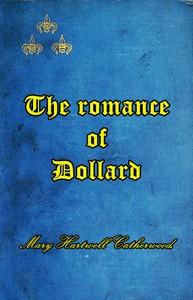

: The Americans in the Great War; v. 3. The Meuse-Argonne Battlefields (Montfaucon Romagne Saint-Menehould) by Pneu Michelin Firm Publisher - France Guidebooks; Argonne Battle of the France 1918
